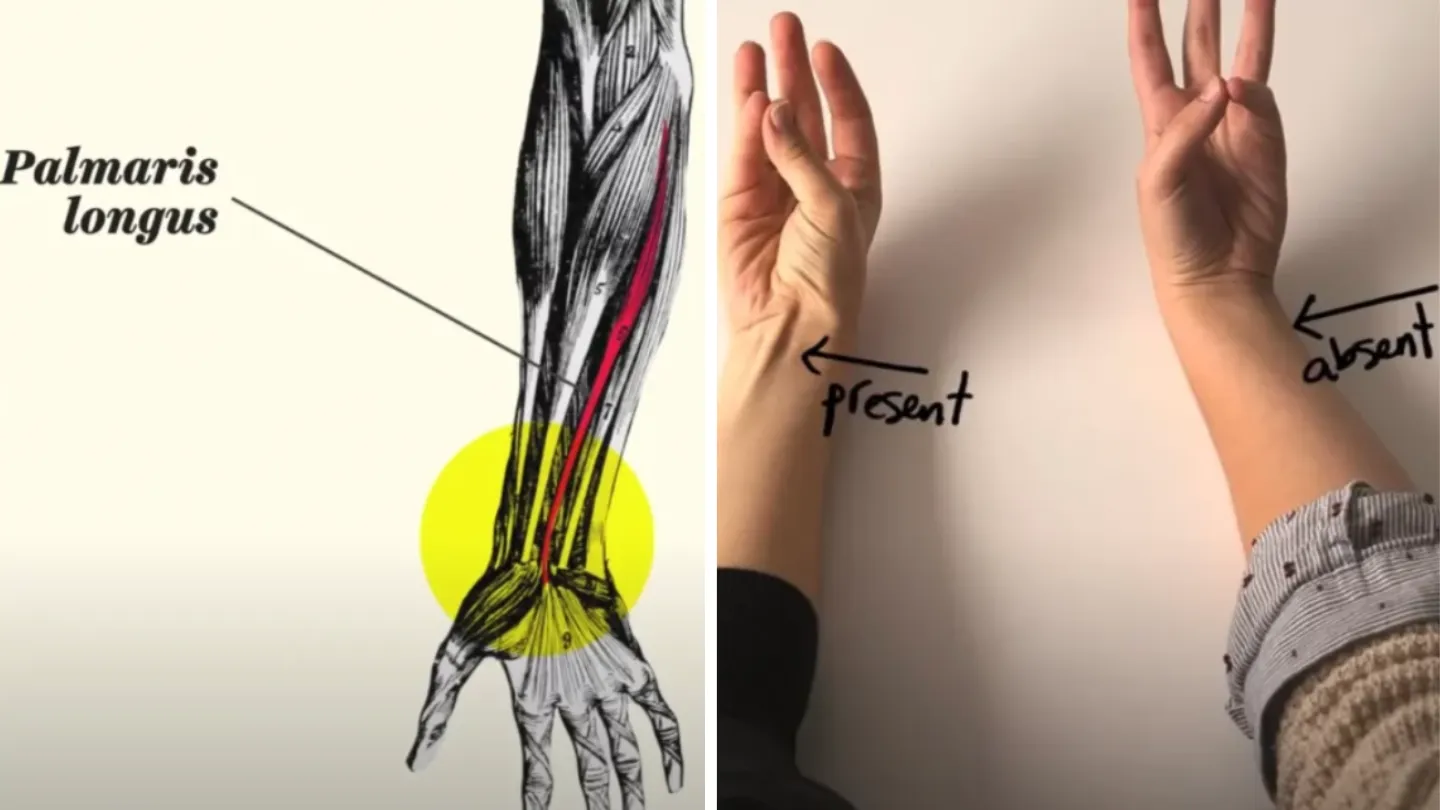Evolution emerges as the most mesmerizing complex field in science because it traces a relationship between how our ancestors survived and our existence today.
Human bodies continue to bear historical evidence of evolution since our ancient form maintained survival-dependent physical qualities.
The journey of evolution has left behind a remarkable structure that hides in the region of your forearm.
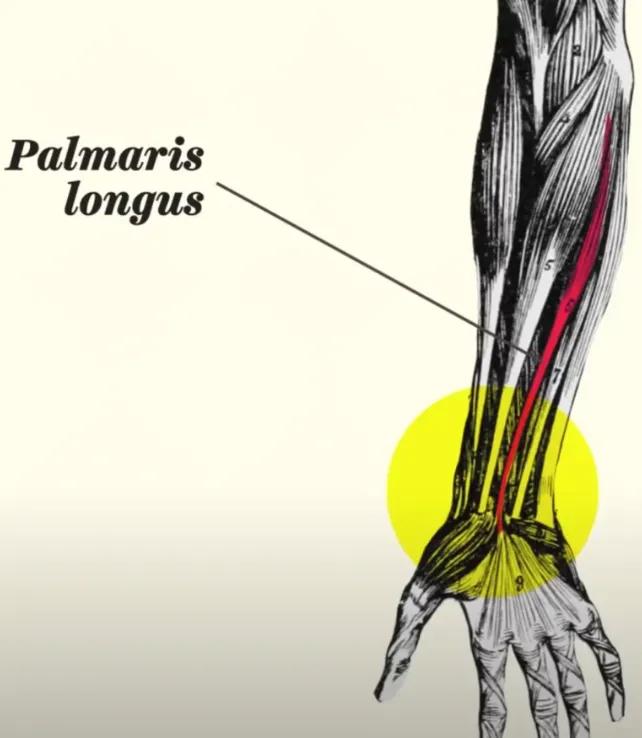
The best approach to uncover this feature begins by spreading your forearm out flat while turning your palm upward. Reach forward with your pinky finger and rest it against your thumb while softly bringing your hand up.
A central tendon appearing above your wrist confirms the presence of the palmaris longus tendon which humans inherit from their primate lineage.
Lemurs and monkeys used this tendon to swing between branches through their ancestors alongside other primates.
The evolutionary path toward burial living resulted in humans losing their need for this particular tendon. Research shows that about 10 to 15 percent of humans no longer have this tendon demonstrating our ongoing evolutionary transformation.
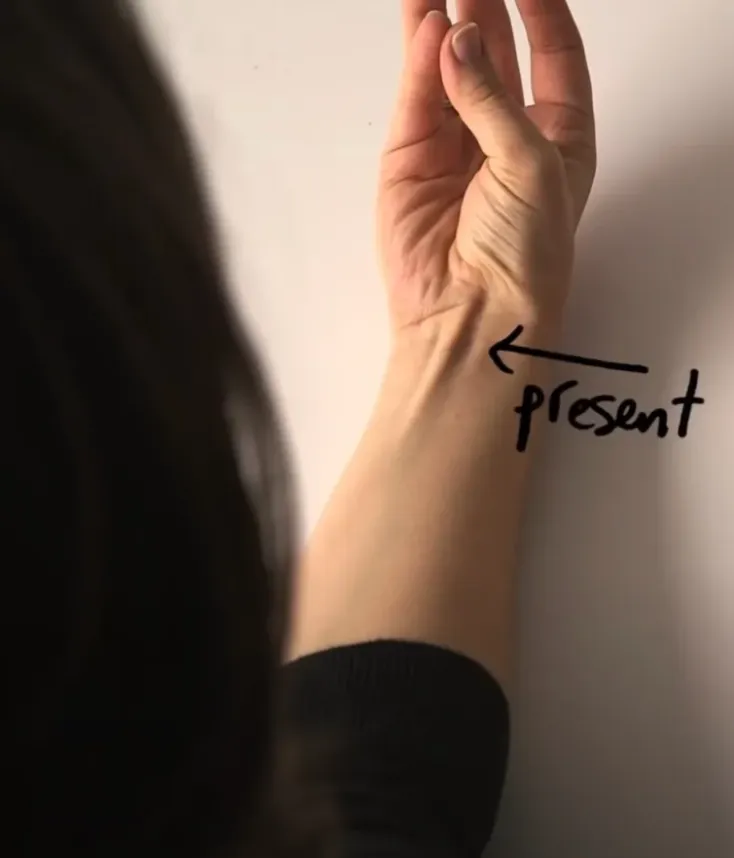
Research demonstrates that lacking the palmaris longus tendon does not reduce hand strength or grip power because this tendon makes no important contribution to these functions.
The body bears no harm when surgeons take the palmaris longus tendon during reconstructive surgeries. Whether this feature develops in humans shows how evolutionary advances have moved humans past traits necessary to live in tree-filled habitats.
During evolutionary history multiple relics have persisted within human anatomy alongside this tendon. The goosebumps response functioned to warm our ancestors by elevating body hair and the newborn grasp reflex demonstrates a survival technique from primate youths to cling to their mother’s fur.
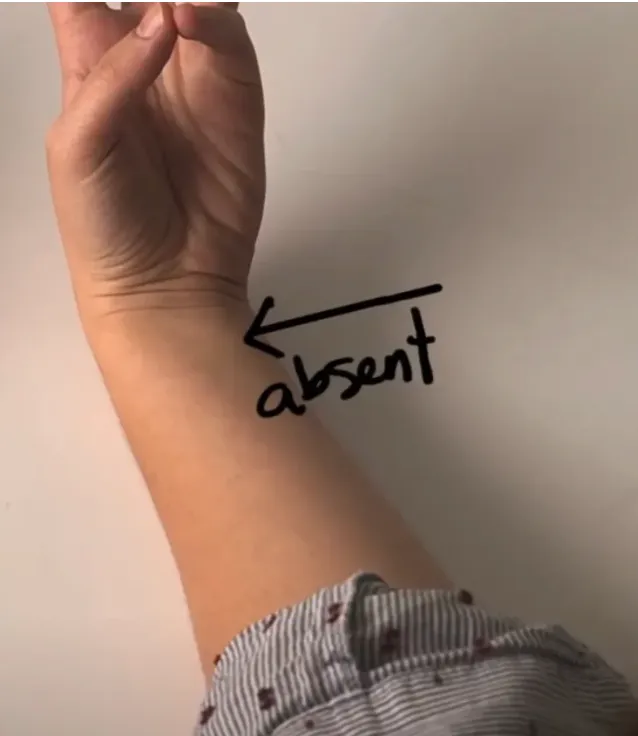
Humans once needed ear wiggling to pick up sounds from different directions but now show this as a rare ability.
The remnants we see today connect us with human evolutionary history by displaying traits fundamental to survival against past conditions. Our moving towards contemporary lifestyles could cause such features to steadily disappear and show larger evolutionary patterns.
Whenever you use your pinky to connect with your thumb while looking at your wrist pause to acknowledge this small yet meaningful evolutionary characteristic.
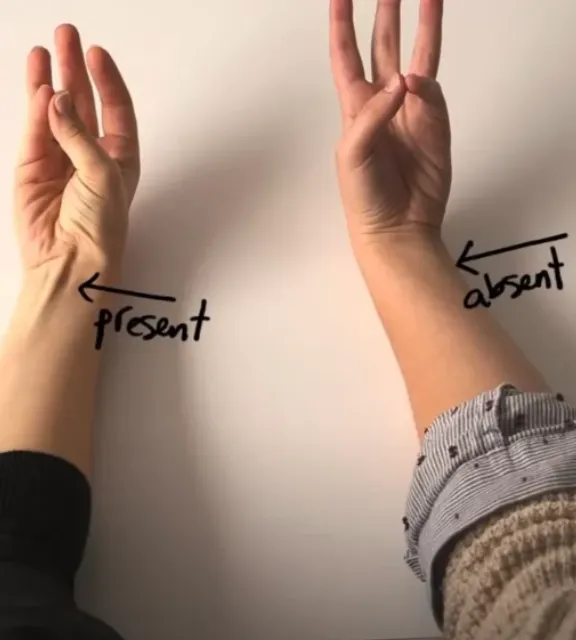
This detail reflects both our communal evolutionary journey while also highlighting human development which continues to evolve and affect us as science begins to reveal its secrets.
Feature Image Credit: (Credit: Vox / YouTube)

